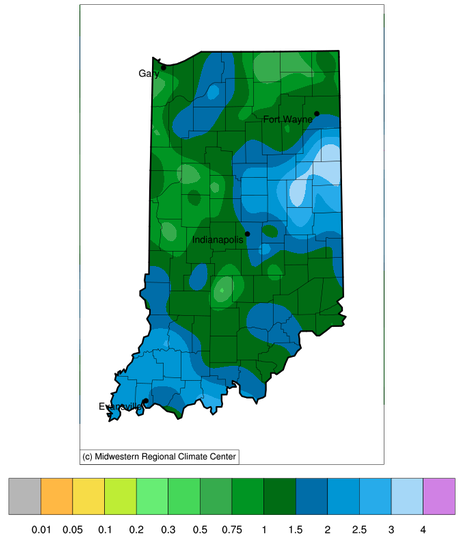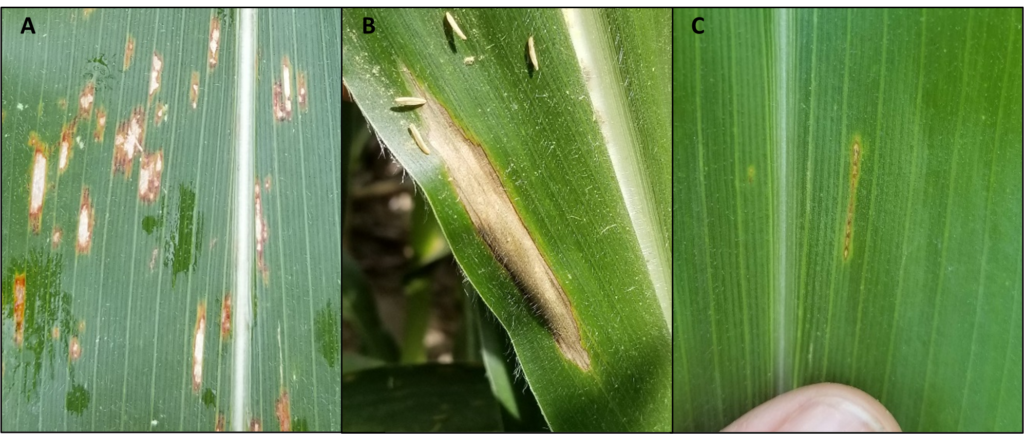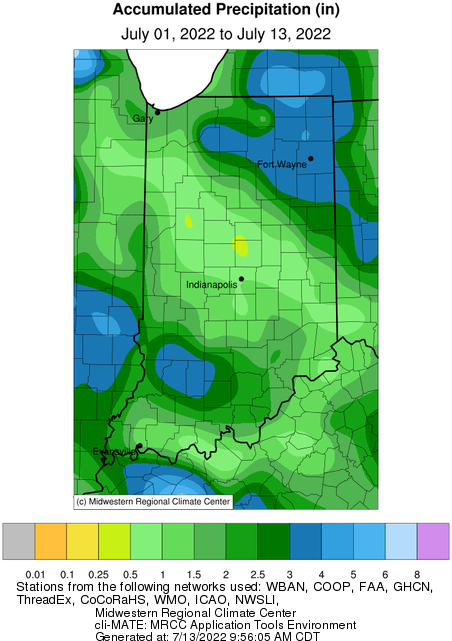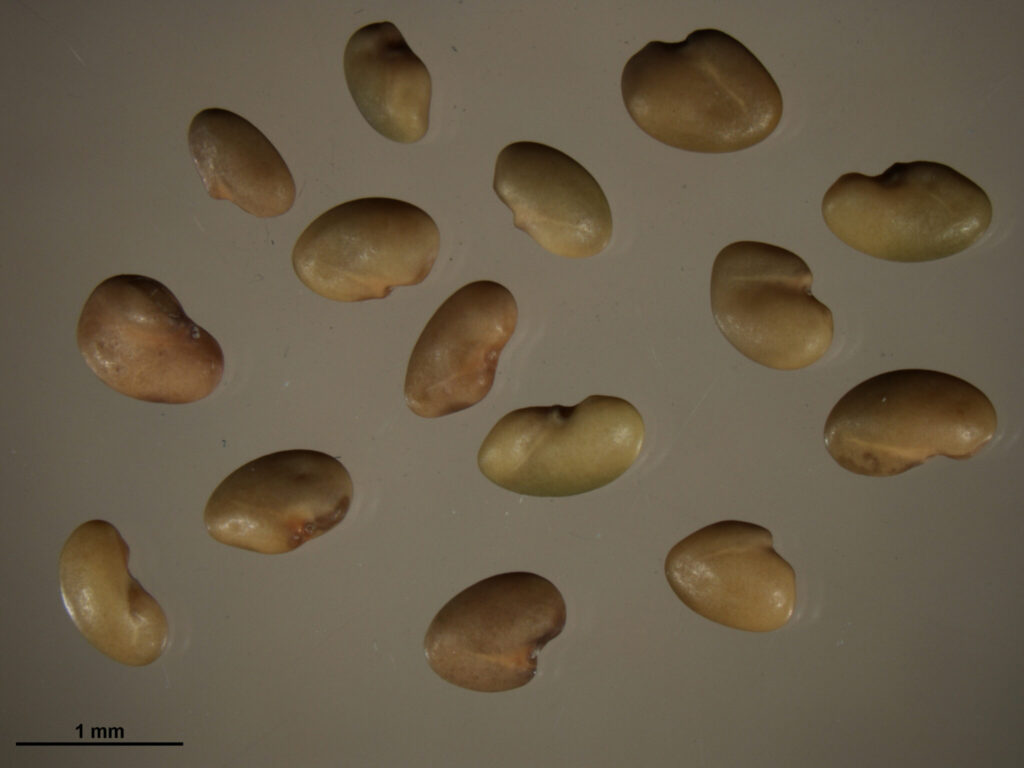
This past weekend brought some much-needed rain to the Hoosier state.

This past weekend brought some much-needed rain to the Hoosier state.

Many professions must invest in tools specific to their trade to be successful. Besides the typical tools of wrenches, screwdrivers, chisels and hammers, what other items or gadgets would be helpful to be a successful forage producer?

Pollination in corn is the act of transferring pollen from the tassels to the emerged silks of the ear.

Yes, we have found active tar spot in Indiana.
Indiana growers have shown increased interest in utilizing cover crops in our corn and soybean production systems over the last decade.
2020 Western Bean Cutworm Pheromone Trap Report

The western bean cutworm (WBC) trapping season continues, and after a slow start, moth flights have increased slightly in many northern Indiana county traps this past week.

The June 2022 state average precipitation was 2.42 inches below the 1991-2020 normal, which ended up being the 14th driest on record.

I was asked to come to a field in early April many years ago by a young producer.
With EPA’s recent revoking of chlorpyrifos (e.g., Lorsban, Tundra Supreme) tolerances in food/feed crops, we have lost an active ingredient that provided control of spider mites.
© 2026 Purdue University | An equal access/equal opportunity university | Copyright Complaints | Maintained by Pest&Crop newsletter
If you have trouble accessing this page because of a disability, please contact Pest&Crop newsletter at luck@purdue.edu.